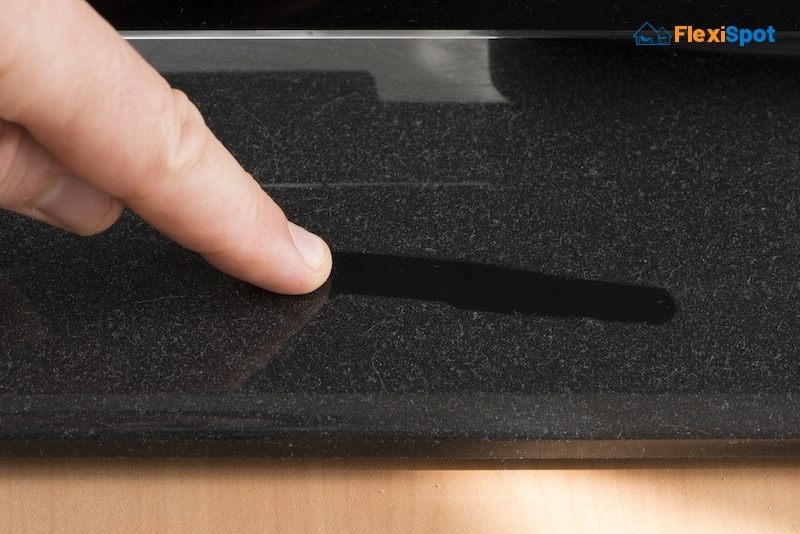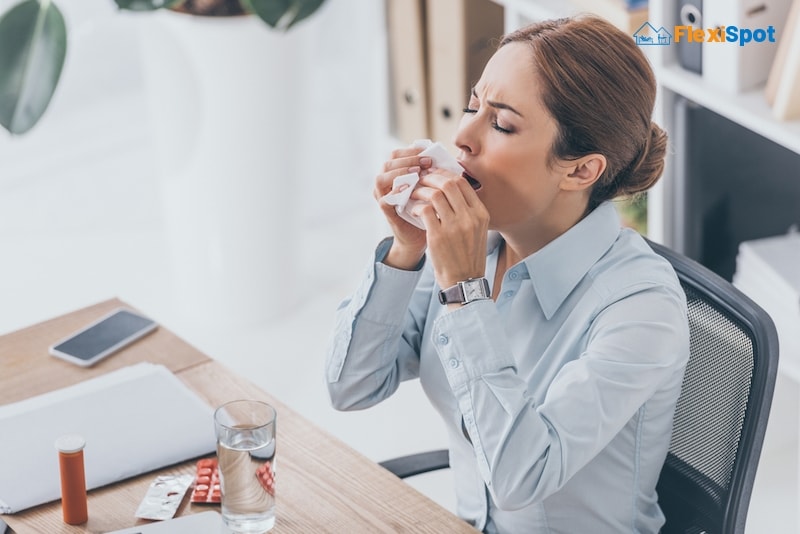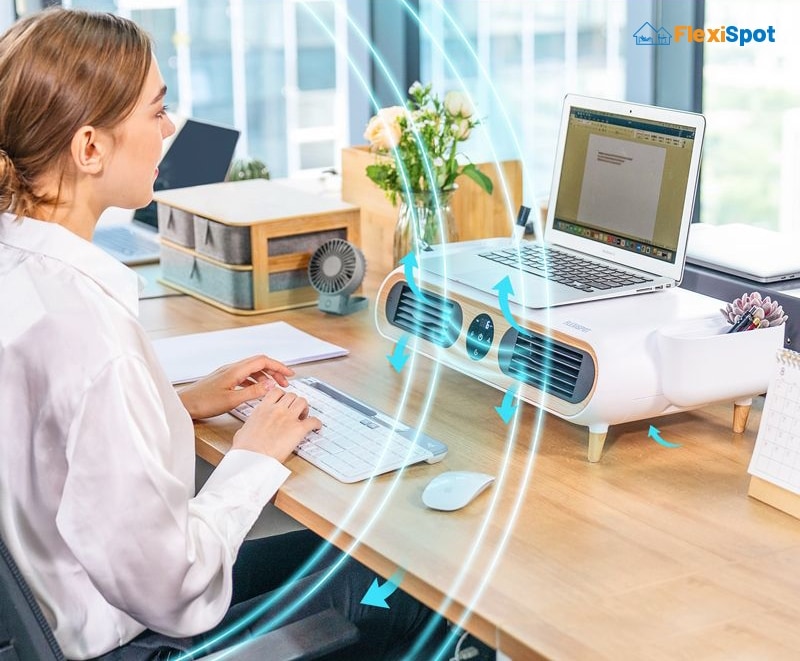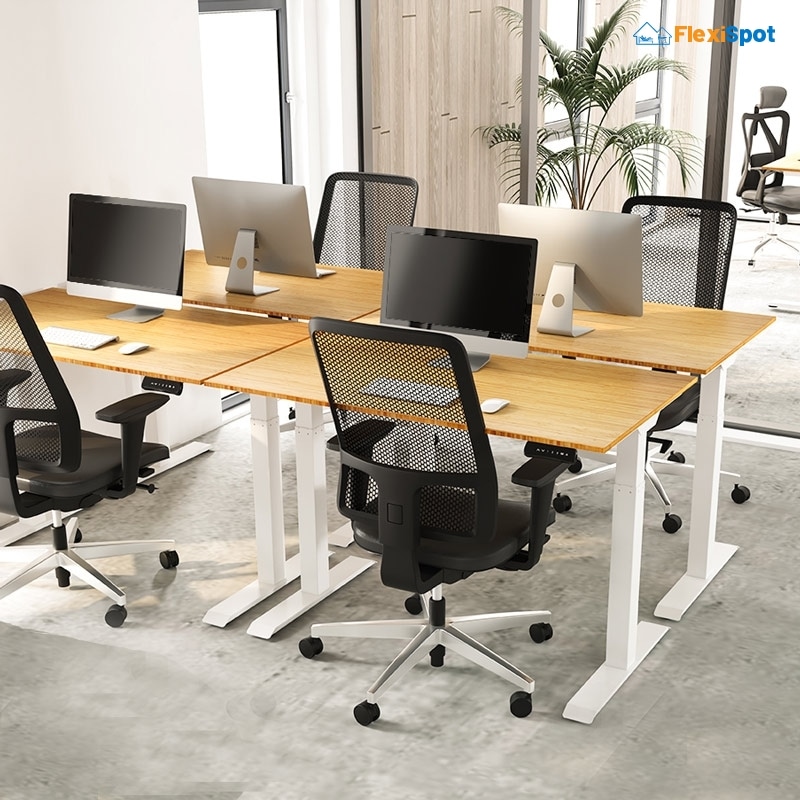1 out of 6 Americans complain about allergies every year. For some, this is seasonal. However, it can be year-round allergy season if you’re dealing with allergens like dust and mold. The bigger problem is that dealing with such issues may not be a priority for your office cleaning crew.
It’s one of those repetitive tasks they can always do later. However, the accumulation of mold and dust harms employees' health, mood, and productivity. It can also devastate office furniture and the electronics that keep you in business.
According to the Asthma and Allergy Foundation of America, allergies are one of the leading causes of illness in the USA. So, it may be prudent to know what causes mold and dust accumulations in the office.
After all, understanding your foe is half the battle. The rest is about having a plan of action and the resolve to follow through. Today we’ll supply you with all the ammunition you need to eradicate mold blooms and dust accumulations in your office.
What is Dust?
It’s important to understand what dust is before delving into specific eradication tactics. Most people believe that dust is a singular thing. But, it is quite amorphous. Dust particles can be any inorganic or organic material broken down into tiny bits. This can include rocks, skin, hair, fur, pollen, cloth, plant fibers, and insect parts.
The presence and consistency of dust in your office depend on various factors. For instance, an area close to a mine would probably have more dust than an office in a concrete jungle. Therefore, understanding the source is core to effectively keeping dust at bay.
What Are the Signs of Dust Accumulation in the Office?
Dust accumulation is impossible to hide. It covers your keyboard, desk, office chair, and everything like a fine carpet. It’s no wonder some people call dust the devil’s snow. In offices, dust is quite pesky, as it combines with lint and other fine particles.
It gets worse. Dust can nourish mold spores if there’s moisture, and that’s why it’s essential to have a combined strategy when dealing with both allergens.
What Promotes Mold Growth?
Did you know that mold spores exist and float naturally in the air? They are harmless in small doses. However, they can trigger allergic reactions in your respiratory system when they exist in large quantities.
Mold growth in your office is driven primarily by the presence of moisture or water on a dark and hidden surface. It can feed on paper, wood, and other organic materials you discard in the office. A few spores that land on a warm and damp spot can grow exponentially.
The problem is mold damages office furniture and the structural integrity of your office if left unchecked. So, the best way to deal with it is to control moisture since it won’t thrive without water and nourishment.
Mold, Dust, and Sick Office Syndrome
Too much mold, dust, and other allergens cause sick office syndrome. It’s a time when everyone has a cold, sniffles, or there's a high absenteeism rate with many people calling in sick. And have you noticed that the majority of those people feel better after leaving the office?
They’re not faking the sniffles. Here are symptoms to watch for:
Respiratory Issues
Coughing, wheezing, or reports of tightening chests are usually the warning signs of a mold infestation in your office. This is because your employees inhale microscopic mold spores. The symptoms of such exposure can be severe for people with asthmatic conditions.
Skin Irritations
Mold exposure can cause mild to severe skin reactions for people with sensitive skin.
Hypersensitivity
Some employees can develop hypersensitivity to mold, dust, and other allergens. This can cause severe reactions limited to the respiratory system and skin. It all depends on the mold strain or class of allergen.
Fatigue, Pain, and Aches
General symptoms of exposure to mold spores are exhibited by employees feeling discomfort, which decreases their productivity.
The telltale signs of sick office syndrome include:
Dry cough
Headaches
Eye, nose, or throat irritations
Nausea
Dizziness
Fatigue
Itchiness, dry skin
Reduced focus and productivity
General malaise
What Other Allergens Should You Be Wary of in the Office?
Your staff faces other allergic triggers besides dust and mold in the office. So, frequent inspections for such triggers are the best way to keep them healthy. That way, you can ensure your workforce is healthy throughout the year – not just in the Summer/Spring allergy season.
Common allergy triggers include:
Humid air
Pollen
Aerosols
Cockroaches
Chemical fumes
Cigarette and wood smoke
Pet dandruff
Fresh paint
Perfumes, cologne, aftershave, and scented other products
Importance of Keeping Mold, Dust, and Other Allergens out of Your Office
The importance of performing deep cleaning in the workplace often goes overlooked. This is because dust and other allergens can accumulate on every surface, making it a demanding affair. That said, the benefits are endless, but here are our top reasons:
Controls Pests
Messy and dirty places attract bugs, rodents, and other creepy crawlies. Lint, mold, and dust also carry loads of materials that feed these pests. So, maintaining a rigorous cleaning routine prevents your office from becoming a breeding ground for such undesirable guests.
Preserves the Integrity of Office Furniture and Equipment
A mold infestation can degrade the wood, leather, and cloth that make your office furniture. Dust accumulates in the crevices of electronics. It can also spread to the interior, where it causes malfunctions. For instance, equipment usually overheats if there is excess dust.
And the threats merely multiply if you fail to take steps against these and other allergens.
Improved Corporate Identity
A dingy and disorganized office sends the wrong message to your esteemed customers and shareholders. It takes a lot of time and negligence to accumulate dust and mold in your office. It shows a corporate culture rooted in profits at the expense of the workforce's health and safety.
Improves the Health and Safety of Employees
Dusty surfaces give a sense of abandonment, while moss is the essence of decay. It’s even worse when everyone keeps coughing or exhibits other sick office syndromes. Rigorous office cleaning routines are repetitive and time-consuming, but in the grand scheme of things, it's not merely an aesthetic investment but also a step towards improving the health and safety of your employees.
Mold, dust, and other allergens can cause a variety of health problems, including respiratory infections, headaches, and fatigue. In fact, studies have shown that exposure to indoor allergens can trigger asthmatic attacks in people who suffer from asthma. Moreover, research indicates that poor indoor air quality can contribute to absenteeism and decreased productivity. Given the potential risks, it is clear that keeping your office free of mold, dust, and other allergens is essential to the health and well-being of your employees.
How to Keep Your Office Safe from Mold, Dust, and Other Allergens?
Keeping your office allergen free is a collaborative effort that involves everyone in your office. However, no precise method or cleaning routine will solve the problem. It may also be wise to "rinse and repeat" occasionally for the best results.
Here are a few ideas to get you started:
Routine Office Inspections
Routine office inspections are the best place to start. During these times, you'll have the opportunity to check for mold growth, dust accumulation, and other potential problems. If you catch an issue early on, you'll be able to take steps to mitigate it before it becomes a bigger problem.
Some of the key areas you'll want to focus on include washrooms, kitchens, window sills, crawl spaces, and any office equipment or furniture that may be harboring allergens. Pay special attention to any areas that janitorial staff may have missed. By taking a proactive approach, you can help create a safer and more comfortable environment for everyone in your office.
Preventative Maintenance
What should you do with the findings of a building inspection? Well, you could take some preemptive measures to prevent mold, dust, and the accumulation of other allergens. You can do this every quarter to ensure your workers remain safe and healthy.
Install Air Purifiers
Mold spores, dust particles, and other airborne allergens contaminate the air. Air cleaners offer an effective way to reduce such particles. You can opt for a commercial-grade air cleaner for the best results.
But, personal portable air purifier units can also do the trick if your budget is limited. For the best results, insist on HEPA or asthma and allergy-friendly air filters while shopping. However, this is merely a stopgap measure – The best way to eradicate allergens is to strike directly at the source.
Avoid Tightly Sealed Windows and Doors
Mold, among other allergens, tends to accumulate on windows. This is due to the infiltration of dew and other forms of condensations on such surfaces. So, keeping this in check can deny mold (and the other allergens it attracts) the environment they need to thrive.
Here are some tips to help you keep condensation in check:
Open the office windows when the conditions are permissive. Such a move ensures natural airflow, carrying away all the condensation in a room.
Wash your windows regularly with mild soap and warm water. This eliminates dust, pollen, and other debris that nourish mold.
You can also go over your office window with a dry paper towel daily to prevent infiltration of condensation.
Turn on the heat during cold days to reduce wall condensation.
Ensure there are a few inches between your office furniture and walls.
Repair Water Leaks Immediately
Leaking faucets, roofs, walls, and other surfaces lead to water damage. This leads to mold growth, which attracts other allergens to your office. Therefore, immediate repairs ensure the conditions are not conducive to fungal growth.
Such initiatives start with regular inspections where you can repair and dry damaged office equipment in the sun. A severe case, such as in crawl spaces, basements, and plumbing, may require professional intervention. You may also fall back on your insurer if your policy includes mold damage.
Craft Specific Anti-Allergen Policies
What’s one of the most effective and affordable allergen control methods? It’s drafting effective office policies around common allergens that may breed health and safety concerns. Such a raft of measures can include:
Strict waste disposal measures
Anti-smoking policies
No pets
Limit the use of objects that collect dust, such as fabric curtains or upholstered furniture. If possible, replace them with easier-to-clean alternatives.
Keep windows and doors closed as much as possible, especially during peak allergy season.
Another often-underestimated policy is the "no strong scents rule." It requires that employees refrain from wearing strong aftershave, lotions, and other beauty products that may trigger an allergic reaction.
Regular Office Cleaning
A clean office is essential to a safe and healthy work environment. Dusting window drapery keeps dust mites at bay. It also eradicates spiders, flies, cockroaches, and other creepy crawlies. We also can’t dismiss the effect of vacuuming daily.
It helps keep traces of dead skin, hair, dust, and pet dander out of your office.
You can also control fruit flies and cockroaches by sealing garbage cans or clearing any food waste from the office daily.
NB Please wear a dust mask if your office is small to avoid inhaling mold spores, dust, and other allergens.
Add Some Potted Office Plants
A spot of greenery doesn’t only make your office look more quaint. But provide significant health benefits. A few potted office plants can reduce stress and enhance moods, which increases productivity and cohesion among workers. Needless to say, plants also improve the air quality in the office.
A study by NASA revealed certain plants like bamboo palms and spider plants clean the air quite effectively and filter toluene, ammonia, and other toxins.
Insist on Mold and Dust Resistant Office Furniture
The best way to deal with mold infestations and dust accumulations is prevention. However, this is easier said than done when you have a wide inventory of office desks, chairs, and other pieces of furniture. Even with the most rigorous cleaning routine and effective office policies, you can be overwhelmed.
Fortunately, you can stay a step ahead of allergens by looking at the following anti-allergen features when acquiring office furniture:
Fine finishes: Look out for furniture with few cracks and crevices that can hide dust particles. This makes such furniture easier to maintain.
Climate-positive materials: Standing desks with bamboo desktops are chemical-free and hence free of allergens. Once you add a coat of lacquer, it can resist moisture, which breeds mold and other fungi.
Dust-proof materials: Ergonomic office chairs made of leather are highly resistant to the infiltration of dust particles. They need a light wipe with a soft, damp cloth to keep them pristine.
Are You Looking For Dust and Mold Resistant Office Furniture?
All Flexispot office furniture features materials that naturally resist mold. This includes High-density MDF board, Bamboo, Leather, and Cast Aluminum.
Our upholstery has UV and mold-resistant nylon with 100% natural dye and hypoallergenic acrylic paint. Top that off with attention to detail for a high-quality finish, and you can rest assured that dust parts won't have any room to hide in your furniture.
You'll also enjoy each piece's modern design and smart features. Place your order today to experience a world free of allergens.





